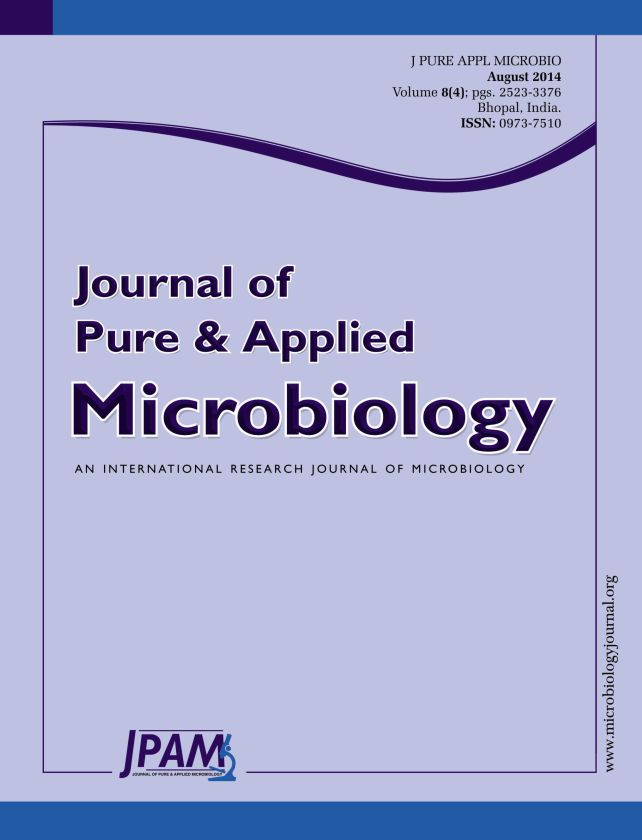The objective of this study was to maximize production of pyocyanin by Pseudomonas aeruginosa RS11using response surface methodology. Plackett-Burman design (PBD) was used to select the operational parameters influencing the optimization process. The most effective variables (pH, yeast extract, and K2SO4) were chosen for further optimization using Box-Behnken design. The optimal fermentation parameters for enhancing PYO production were found to be pH 5.8, K2SO4 20 g/l and yeast extract 1.5 g/l. The model predicted a PYO yield of 15.55 µg/ml. Verification of the optimization showed that the maximum PYO yield reached 17.7 µg/ml. Up to our knowledge, this is the first report on PYO optimization by Pseudomonas aeruginosa RS11 using response surface methodology. The yield after optimization was 2.1-fold higher than the unoptimized medium. The response surface methodology (RSM) with the Box–Behnken design was a useful tool for achieving the high yield of pyocyanin by Pseudomonas aeruginosa RS11.
Pyocyanin, Pseudomonas aeruginosa, Optimization, Plackett-Burman, Response surface methodology
© The Author(s) 2014. Open Access. This article is distributed under the terms of the Creative Commons Attribution 4.0 International License which permits unrestricted use, sharing, distribution, and reproduction in any medium, provided you give appropriate credit to the original author(s) and the source, provide a link to the Creative Commons license, and indicate if changes were made.


